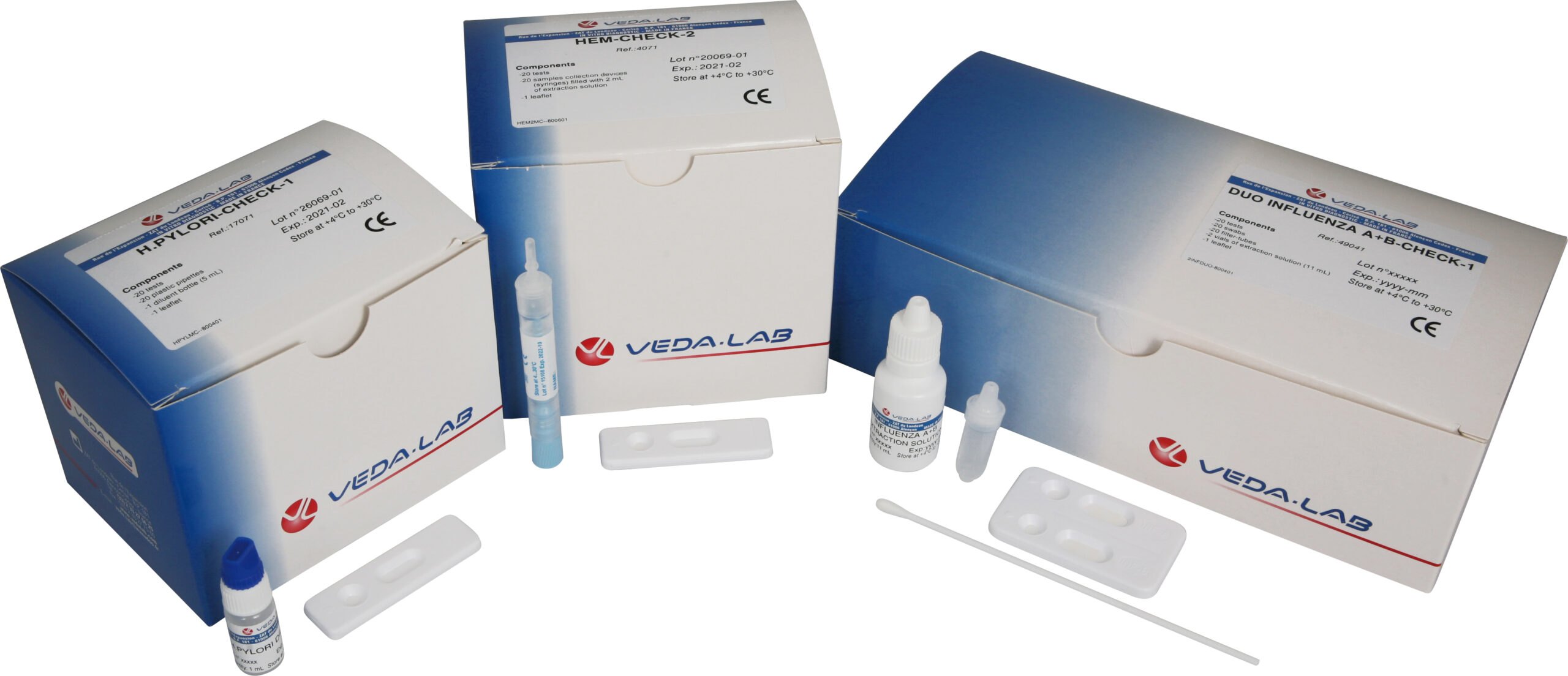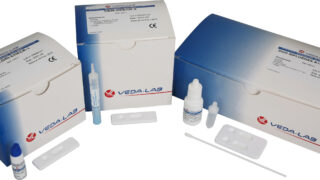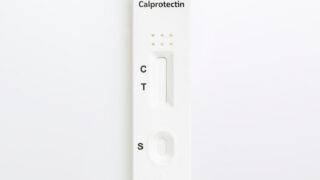Categories
Lyme IgG+IgM Rapid Test
The Lyme IgG and IgM tests are tests used to detect antibodies in response to the bacterium that causes Lyme disease. IgM antibodies appear early in the infection, while IgG antibodies develop later. These tests are essential for diagnosing Lyme disease, a tick-borne illness, and are offered by healthcare providers and diagnostic laboratories. They help confirm exposure to the Lyme bacteria and guide treatment decisions, playing a vital role in managing this disease.
Product information
Lyme IgG+IgM is a rapid qualitative screening test for detection of human IgG and IgM class antibodies to Borrelia European strains in serum or plasma.
Advantages of Lyme IgG+IgM test
- Easy to perform
- No complex sample collection needed
- Accurate test result
General information
Lyme disease or borreliosis is caused by the spirochete Borrelia burgdorferi sensu lato which is transmitted by ticks. The contaminating insects, infected by Borrelia burgdorferi sensu lato, are mainly present in North America (Ixodes scapularis or I. pacificus) and in Western temperate European areas (Ixodes icinus).
The European tick species is the vector of Borrelia european strains: Borrelia burgdorferi sensu stricto, B. afzelli , B. garinii as well as B. spielmanii, B. bavariensis which are also known as pathogenic. B. valaisiana, B. lusitaniae are also considered as potentially pathogenic strains. Because of the high similarity of those strains, the antibodies (IgG+IgM), directed against these different Borrelia species, cross react with the antigens cocktail at least for the European strains.
In 30% to 80% of cases, a skin rash, the Erythema Migrans, is the first clinical sign of the infection appearing after 3 to 10 days at the site of the insect bite. 1 to 3 months later, the first neurological signs, headache or severe disorders like myelitis, appear even in the absence of the Erythema Migrans. Still later, patients may develop severe complications such as intermittent attacks of articular arthritis as well as myocarditis or acrodermatitis several years after the primary infection.
Lyme IgG+IgM is a rapid qualitative screening test for detection of human IgG and IgM class antibodies to Borrelia European strains in serum or plasma. Nevertheless, the test does not allow to detect the level of the disease in case of positive result.
The method employs a unique combination of anti-human immunoglobulins dye conjugate and highly purified native (B. burgdorferi et B. garinii) and recombinant (B. burgdorferi) Borrelia antigens on the solid phase to specifically detect anti Borrelia antibodies.
The test device consists of a plastic housing containing two different sticks for the detection of IgG or IgM class antibodies. After collection of plasma or serum, few drops of the sample are added into each well ( →) of the reaction device.
As the sample flows through the absorbent device of the IgM stick, the anti-human immunoglobulins dye conjugate binds to the human IgM antibodies forming an antibody-antigen complex. In the same way as the sample flows through the absorbent device of the IgG stick, the anti-human immunoglobulins dye conjugate binds to the human IgG antibodies forming an antibody-antigen complex
These complex bind to the specific antigens in the positive reaction zone and produces a pink-rose colored band. In the absence of anti Borrelia antibodies, there is no line in the positive reaction zone. The reaction mixture continues flowing through the absorbent device, past the reaction and control zones. Unbound conjugate binds to the reagents in the control zone producing a pink-rose color band, demonstrating that the reagents are functioning correctly.
Test procedure
- Allow specimen and Lyme IgG+IgM Rapid Test to come to room temperature prior to testing.
- Remove the reaction device from its protective wrapper by tearing along the split.
- Label device with the patient ‘s name or control number.
- Fill the serum dropper with specimen (serum or plasma) and by holding it vertically, dispense one drop (25 μL) into each sample well (▷).
- Add exactly 5 or 6 drops of diluent (200 μL) in each sample well (▷).
- Read the results after 10 to 15 minutes.
- Do not interpret the result after 15 minutes.
Interpretation of the results
Negative result: One colored band appears in the control zone. No apparent band in the test zone.
Positive result: In addition to the control band a clearly distinguishable band also appears in the test zone indicating a positive result.
Invalid result: If there is no distinct colored band visible the control zone, the test is inconclusive for the corresponding parameter. In this case, it is recommended that the test be repeated.
Related products
-
Heart Markers
Myoglobin Rapid Test
Price requestThe myoglobin test is a blood test that measures the levels of myoglobin, a muscle protein, in the bloodstream. This test is used to diagnose muscle damage, particularly in the context of heart attacks or muscle injuries. Elevated myoglobin levels can indicate muscle injury or heart muscle damage, helping healthcare professionals with diagnosis and treatment decisions.
-
Hormone Tests
hCG 25mIU/mL Rapid Test
Price requestThe human chorionic gonadotropin (hCG) test is a diagnostic test used to detect the presence of hCG, a hormone produced during pregnancy. This test is typically performed on a serum or urine sample. It is used to confirm pregnancy, as hCG levels rise early in gestation.
-
Medical Tests
FOB Rapid Test
Price requestThe Fecal Occult Blood (FOB) test, as a stool test, is used to detect the presence of hidden or occult blood in the feces. This test is vital for identifying gastrointestinal bleeding and potential issues such as colorectal cancer, polyps, or other digestive disorders. The test enables the early detection of colorectal health problems, which can lead to timely medical intervention and improved outcomes.

 Drug Test
Drug Test Heart Markers
Heart Markers Hormone Tests
Hormone Tests Medical Tests
Medical Tests Microbiology
Microbiology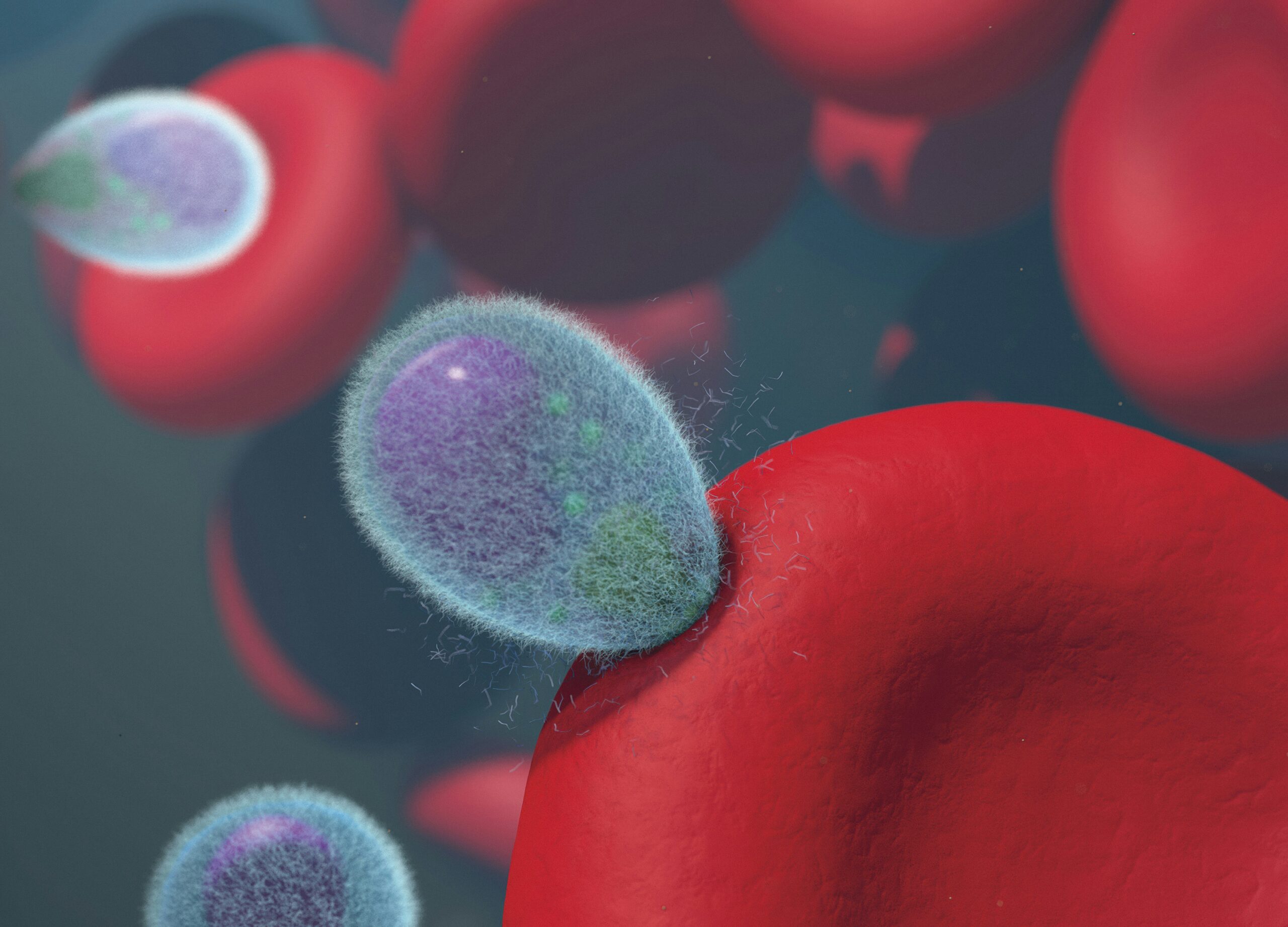 Parasite Infection
Parasite Infection Proteins and Inflammatory Markers
Proteins and Inflammatory Markers Qualitative Controls
Qualitative Controls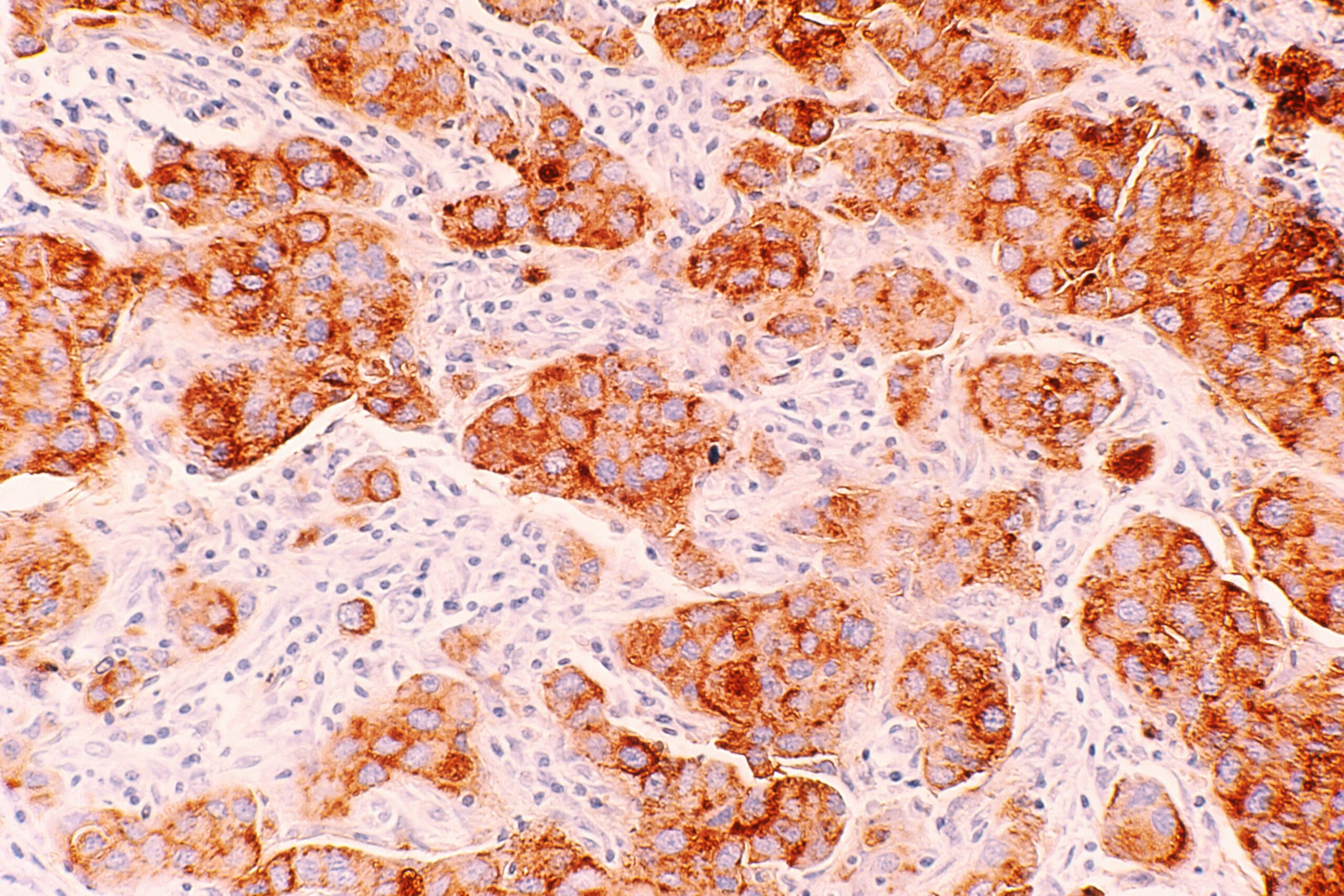 Tumor Marker
Tumor Marker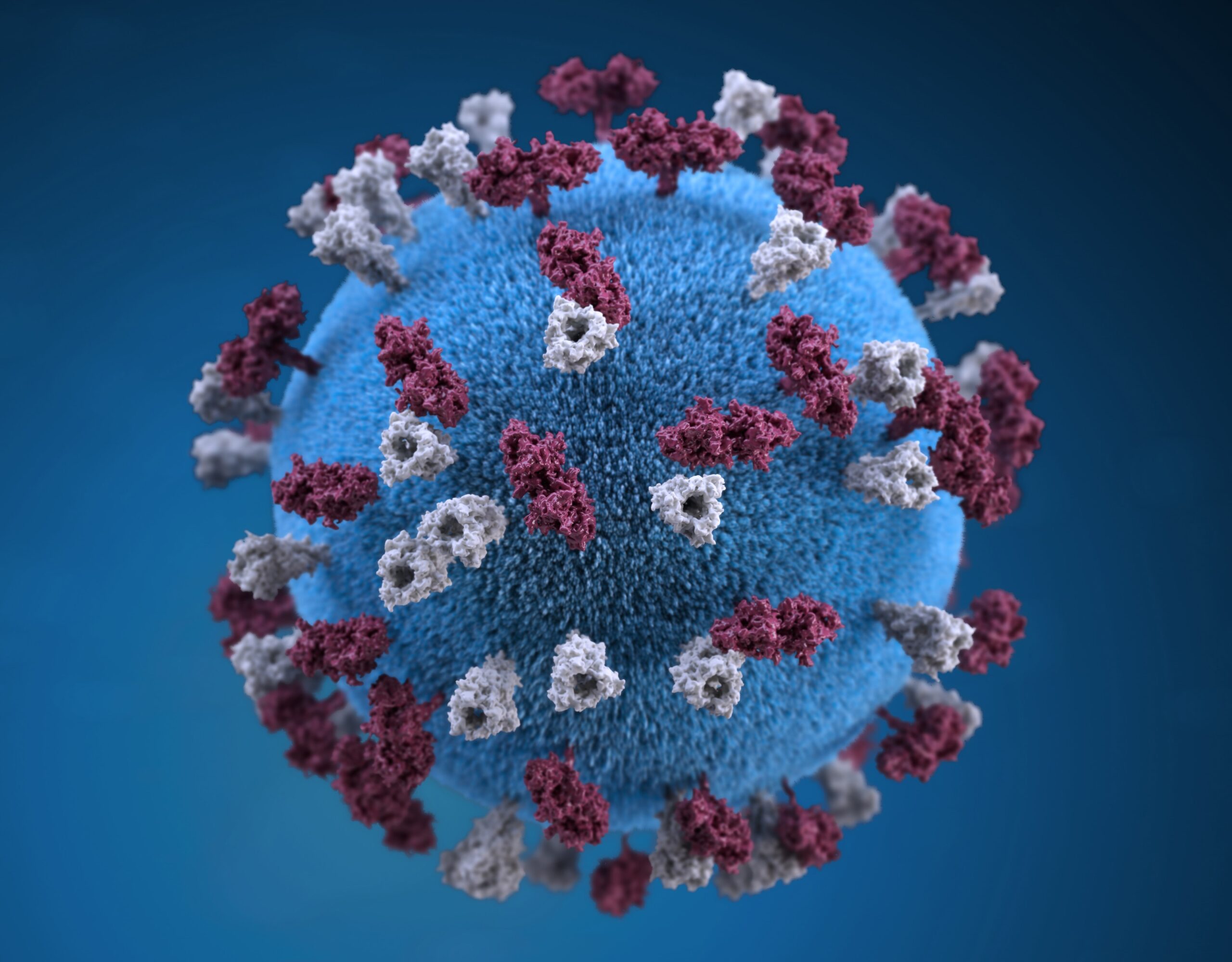 Viruses
Viruses